Whether you’re a seasoned collector or just beginning to explore the world of art, incorporating sculptures into your personal collection can add depth, texture, and personality to your environment. Here are some tips for seamlessly integrating sculpture into your art collection.
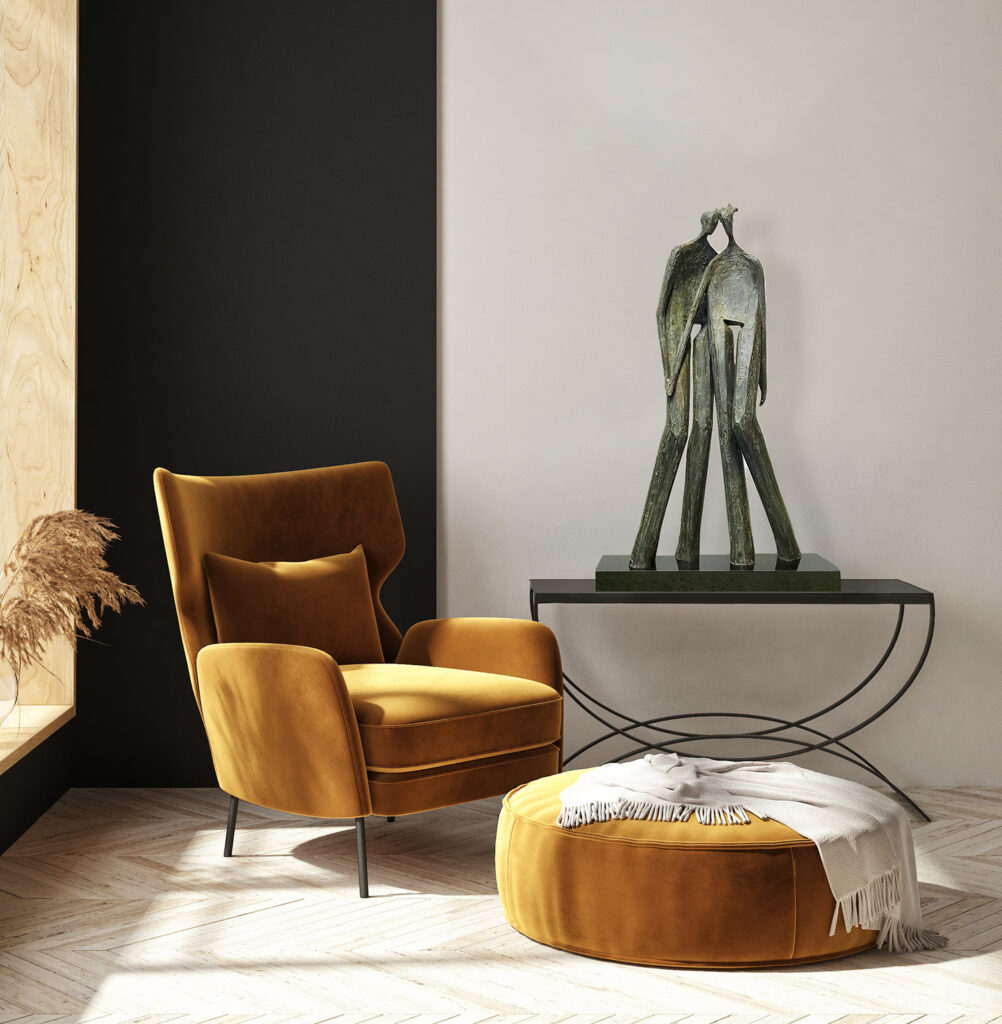
1. Define Your Vision
Before diving into the world of sculpture, take some time to define your vision and preferences. Consider the mood and atmosphere you want to create within your space. Are you drawn to classical elegance, contemporary minimalism, or eclectic whimsy? Clarifying your vision will help guide your selection process and ensure that your new piece aligns with your personal style.
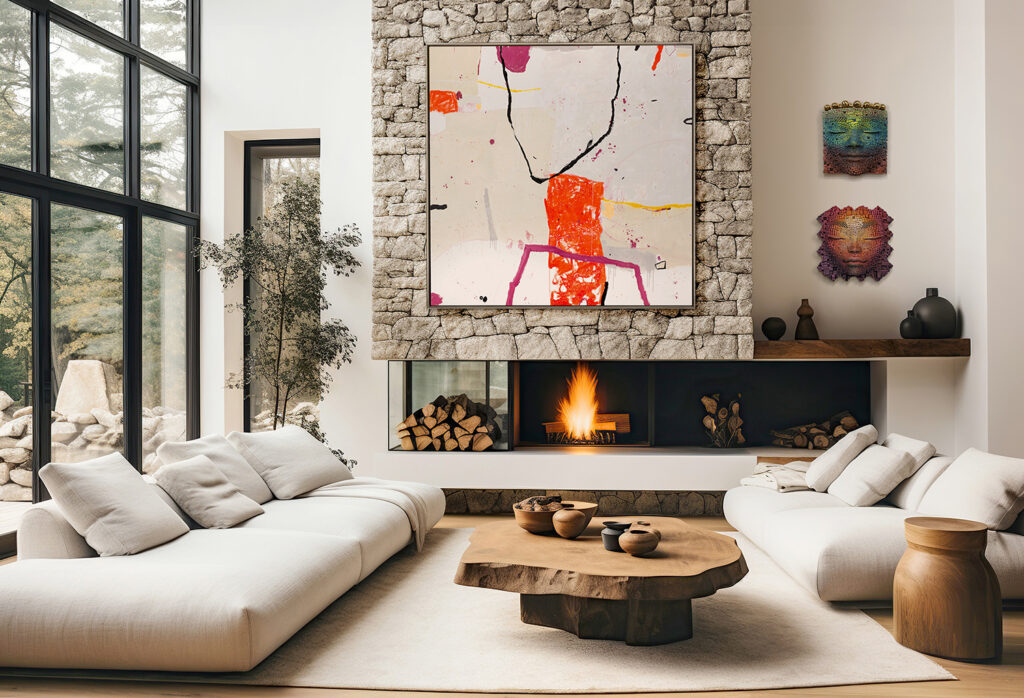
2. Explore Diverse Mediums and Styles
Sculpture is a diverse and multifaceted art form, encompassing a wide range of mediums, styles, and techniques. Take the opportunity to explore different materials such as bronze, wood, metal, glass, and ceramics, each offering its own unique textures and visual effects. Likewise, consider the many styles and genres within sculpture, from figurative to abstract and even kinetic art. By embracing diversity in mediums and styles, you can create a collection that is rich, dynamic, and visually stimulating.
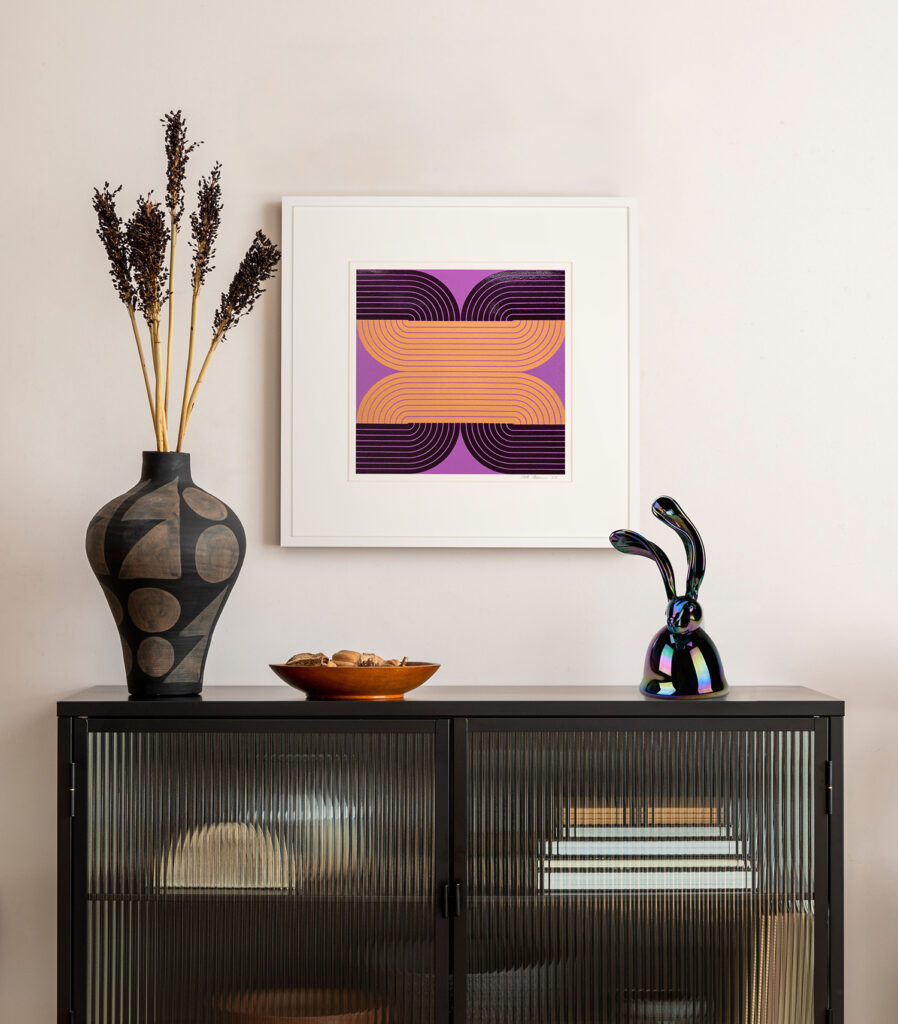
3. Cultivate Personal Connections
Building a collection is about cultivating personal connections with the artists, stories, and inspirations behind each piece. Our art consultants are always happy to provide more insight into the artists whose work resonates with you and share their creative process, influences, and motivations.
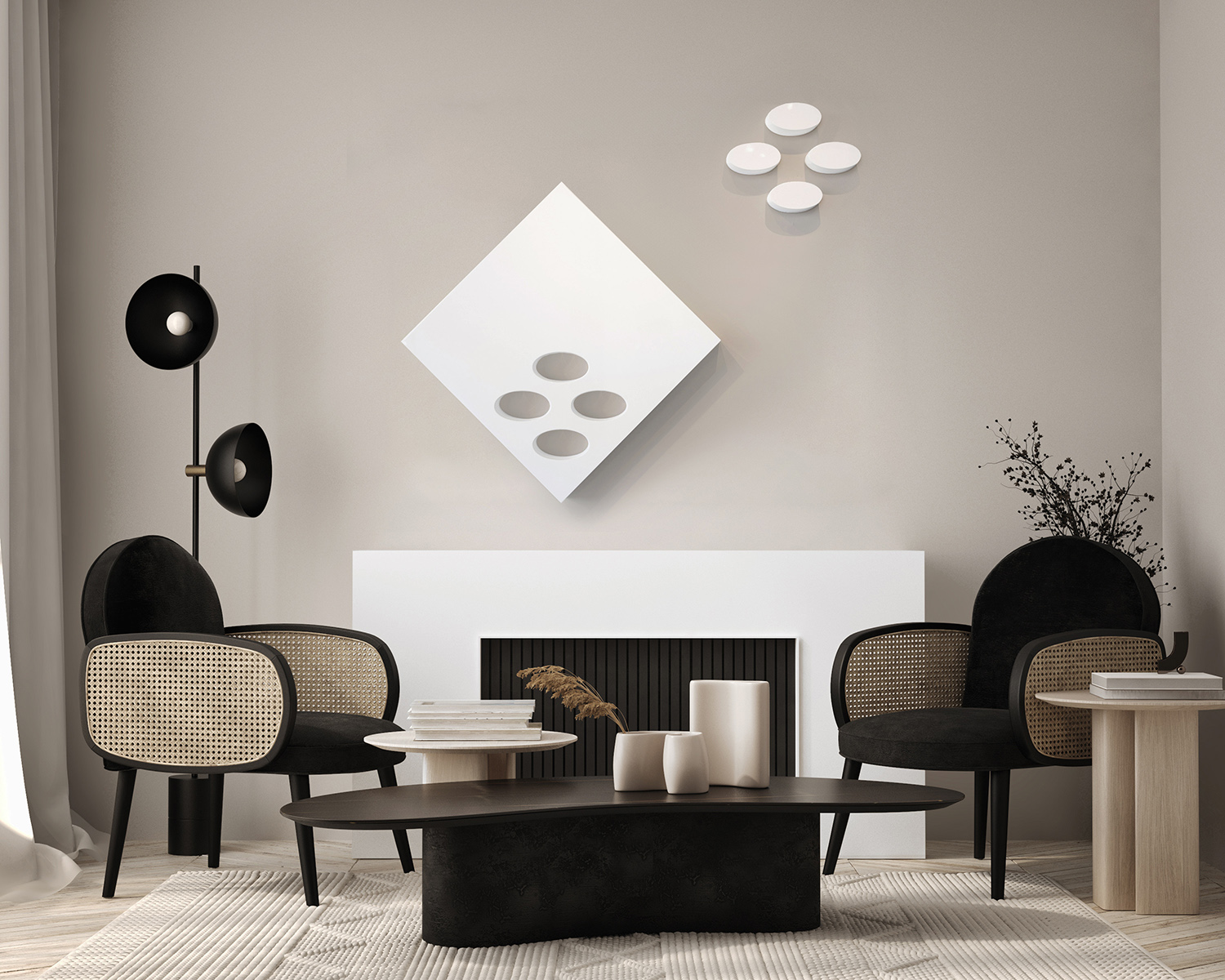
4. Consider Scale and Proportion
When integrating sculptures into your space, pay attention to scale and proportion to ensure that each piece harmonizes with its surroundings. Consider the size of the room, the height of ceilings, and the placement of furniture when selecting and positioning sculptures. Larger sculptures can serve as striking focal points, while smaller pieces can be grouped together or interspersed throughout the space to create visual interest.
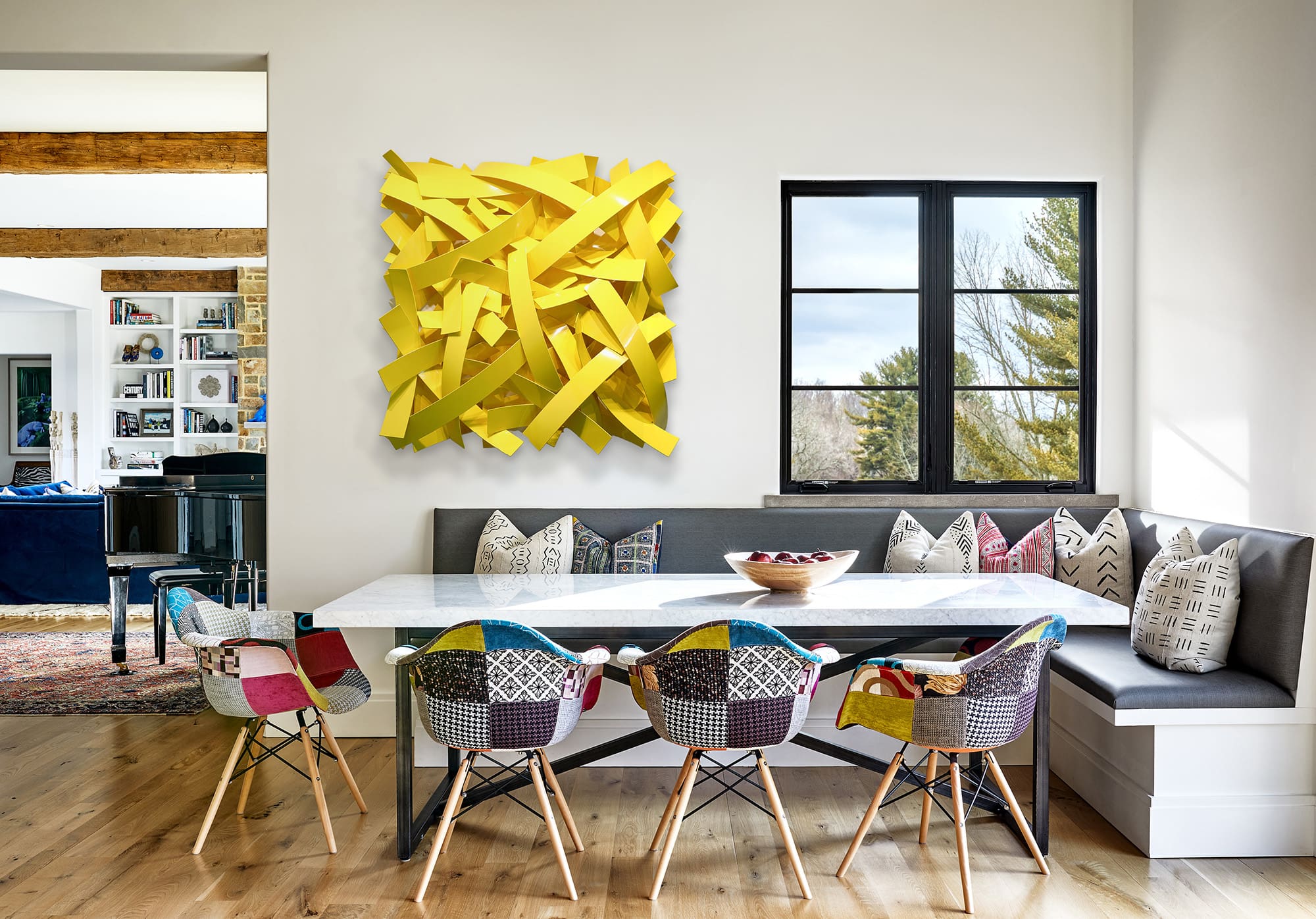
5. Incorporate Lighting and Shadow
Lighting plays a crucial role in showcasing sculptures and enhancing their visual impact. Experiment with different lighting techniques to accentuate the texture, form, and detail of each sculpture. Use spotlights to cast dramatic shadows and highlight focal points, or incorporate ambient lighting to create a soft, atmospheric glow.
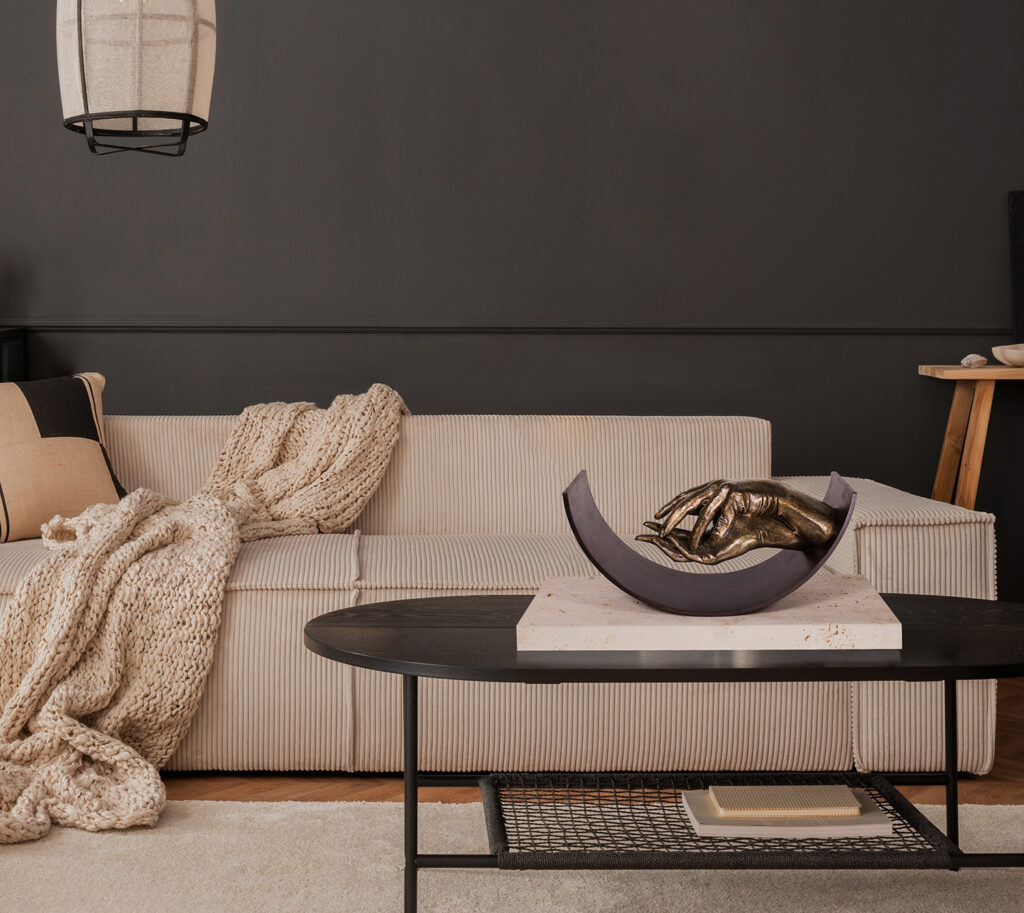
6. Create Dynamic Displays That Engage
One of the unique qualities of sculpture is its ability to engage viewers on a physical and sensory level. Take advantage of this interactive aspect by positioning sculptures in areas where they can be experienced up close and from multiple angles. Explore the interplay between sculptures and their surroundings, whether natural or architectural, to create dynamic and visually arresting displays that captivate the imagination. Don’t be afraid to think outside of the box!
Start browsing sculptural works online or get in touch with an art consultant.

